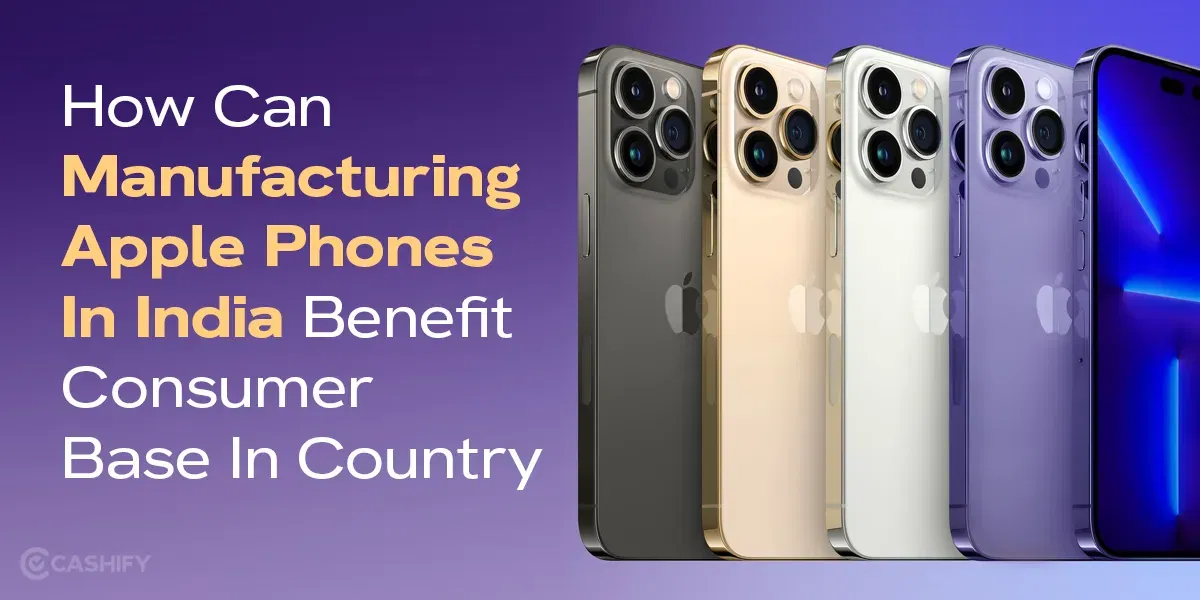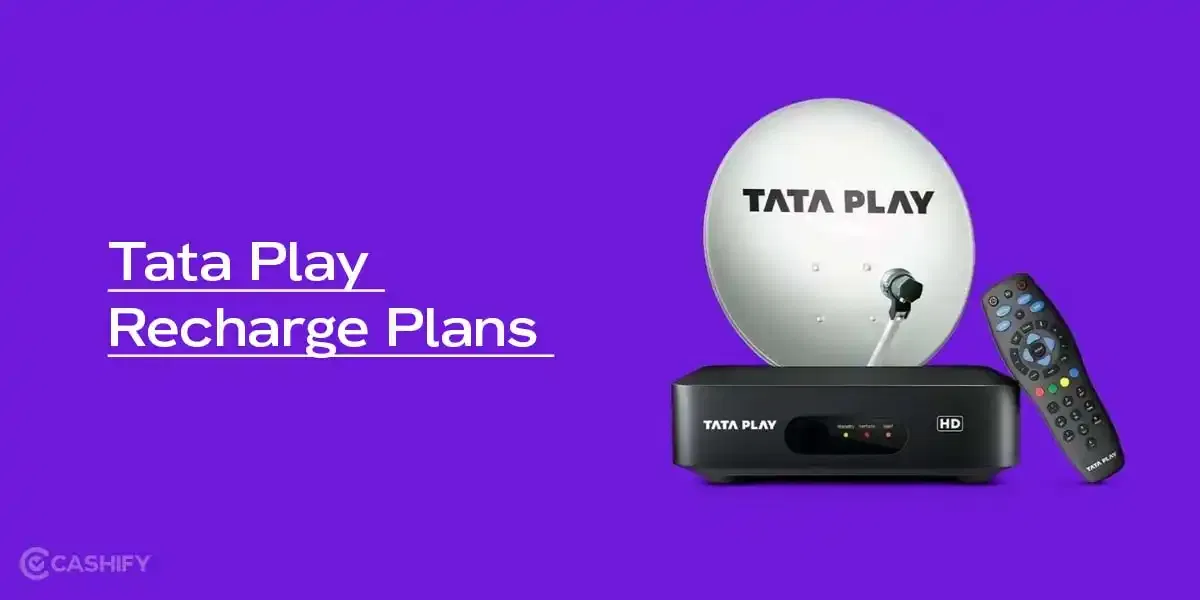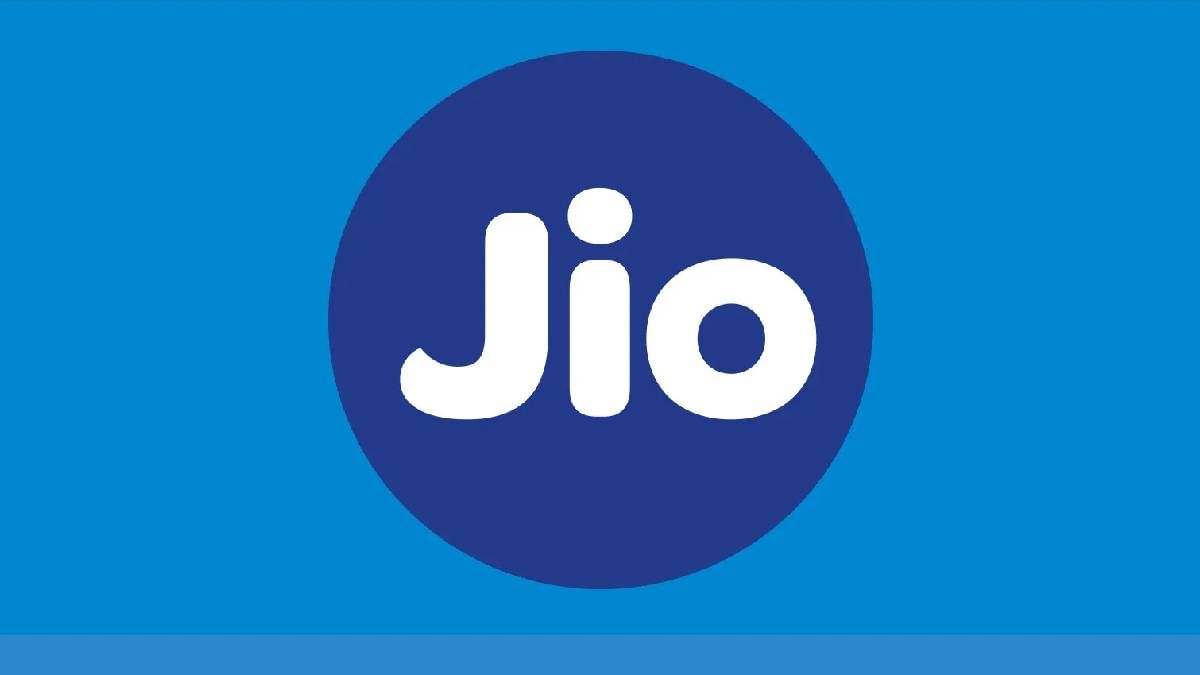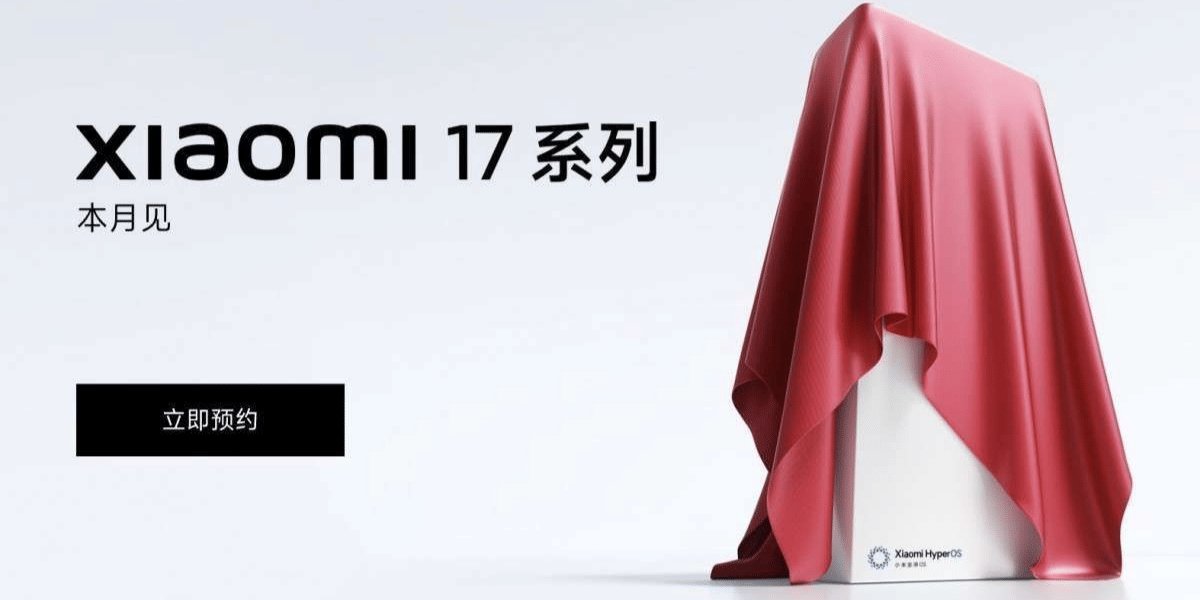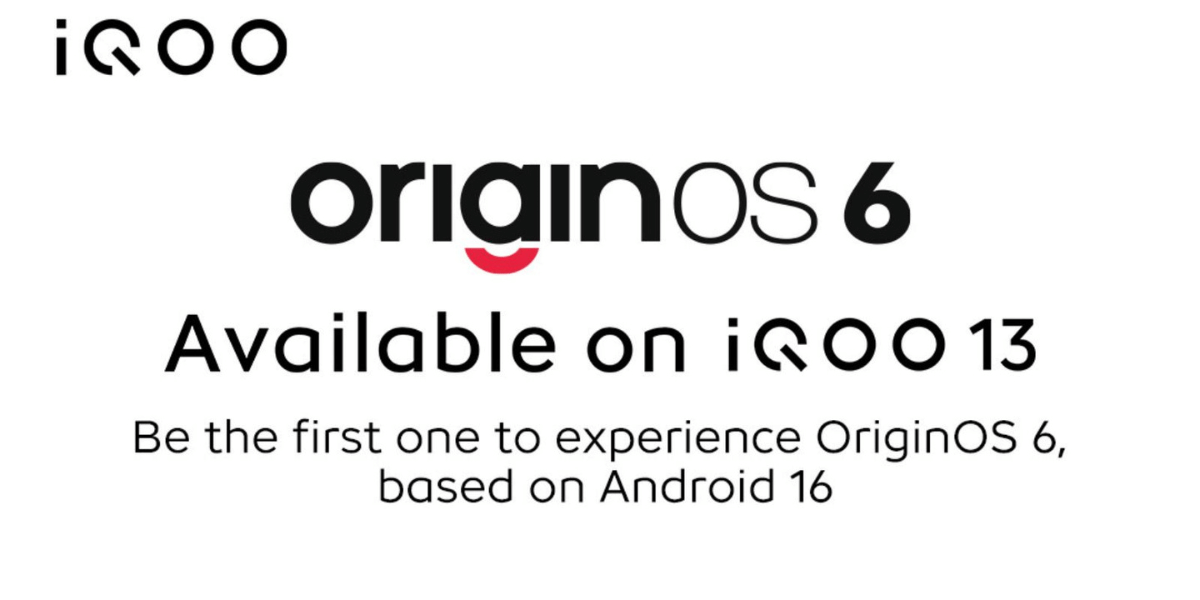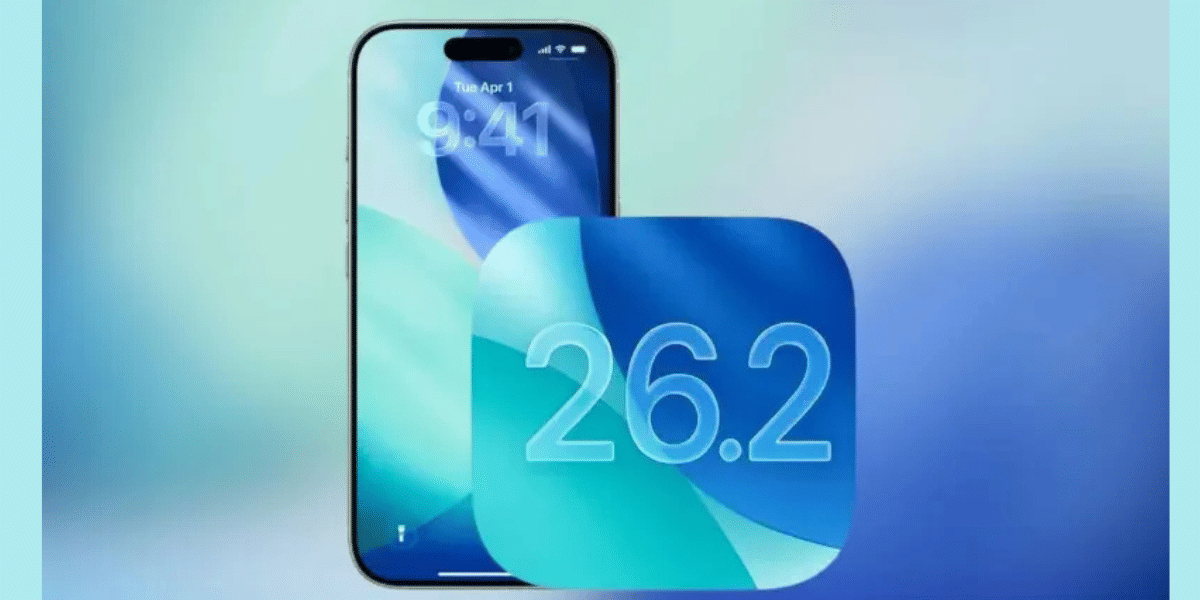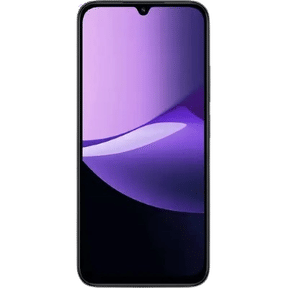The technological evolution of Qualcomm’s flagship chipsets remains a subject of avid curiosity and keen anticipation among tech enthusiasts and industry experts alike. As the year draws to a close, the spotlight now falls on the upcoming Snapdragon 8 Gen 3. Though not yet unveiled, this innovation has already generated substantial buzz, hinting at a new era in performance, efficiency, and architectural sophistication. Leaks, predictions, and expert analyses paint a picture of a chipset that could reshape the landscape of mobile computing, making it the heart of the best Android phones in the coming year.
In December, when the curtains are expected to be lifted on the Snapdragon 8 Gen 3, the tech community awaits revelations that could break new ground. The stakes are high, given Qualcomm’s impressive legacy with its Gen 1 and Gen 2 processors. The new chipset is anticipated to bring together the best of its predecessors while introducing groundbreaking features and technologies that push the boundaries even further. From gaming and artificial intelligence to connectivity and power management, the Snapdragon 8 Gen 3 promises to be a game-changer
Also Read: Qualcomm Announces Snapdragon 7+ Gen 2 for Flagship Devices
Facts About Snapdragon 8 Gen 3
Here are some facts about Snapdragon 8 Gen 3 that you should know about.
1. Geekbench Scores: A First Look at Performance
A recent Geekbench debut provided essential statistics to understand the chipset’s capabilities. Paired with what we believe to be the Samsung Galaxy S24+, the Snapdragon 8 Gen 3 displayed 2,231 points in single-core and 6,661 in multi-core benchmarks on Geekbench 6.1. These scores, when compared with its immediate predecessor, show gains of 10 percent and 20 percent in single and multi-core performance, respectively.
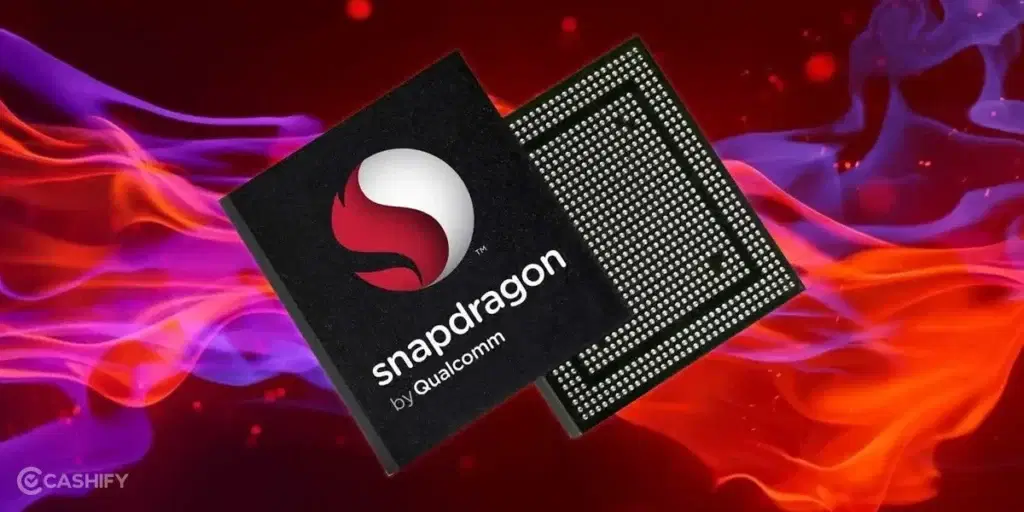
Although impressive, these numbers fall short of Apple’s A16 Bionic, contradicting earlier speculations of performance superiority. Still, the scores remain commendable, reflecting the chipset’s potential to handle intensive tasks and offer smooth multitasking.
Also Read: Apple iPhone 15 Pro Max vs Apple iPhone 14 Pro Max: What’s Best?
2. CPU Architecture: Exploring the Unique Configuration
Rumours had painted varied pictures of the Snapdragon 8 Gen 3’s architecture. While some pointed to a 1+5+2 layout, others hinted at more complex configurations. The final structure presents a nuanced understanding of how Qualcomm is approaching efficiency and power in its latest design.
Also Read: Qualcomm Is Currently Dominating The Chip Market: Know How
Kamila Wojciechowska’s leak provided a more specific layout of 1+2+3+2, comprised of different types of Arm cores. This arrangement has led to speculation that Qualcomm has abandoned its previous marketing terms like Kryo Silver and Gold, resorting instead to internal codenames for classification. This marks an interesting shift in their branding strategy.
3. Core Clock Speed and Performance: What to Expect?
The new chipset not only increases the performance of cores but significantly boosts the clock speeds. This combination may lead to enhanced efficiency in handling various applications and workloads. Whether this translates to real-world performance still remains to be seen.
Also Read: Apple To Replace iPhone 15 Pro Max With This Model
It’s crucial to note that the tested sample is pre-production, and the final product might exhibit different characteristics. The exact variant of the SoC also remains unclear, and further Geekbench listings will shed more light on this matter.
4. GPU Features: Introduction to Adreno 750
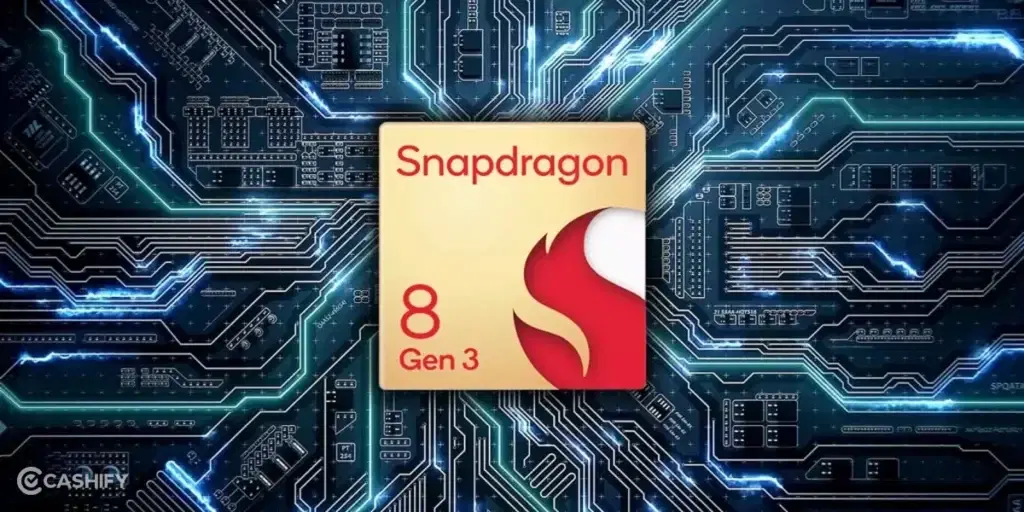
The GPU, identified as the Adreno 750, is a substantial step forward from its predecessor. Though details are scant, a reported 50 percent improvement and a current test clock rate of 770MHz showcase Qualcomm’s commitment to enhancing graphical capabilities.
This improved GPU performance might translate to better gaming experiences and smoother rendering of high-quality graphics. It can contribute to bridging the gap between mobile and console-quality gaming, an exciting prospect for gaming enthusiasts.
5. Qualcomm’s Legacy and Previous Flagship Chipsets
The Snapdragon 8 Gen 3 follows a legacy of Hawaiian-themed codenames. Referred to as either Lanai or Pineapple, the chipset’s naming continues to echo Qualcomm’s tradition, adding an interesting cultural flavor to the technological innovation.
Also read: Google Pixel 8 Series Will Replace The SIM Card Slot With This Feature
The Snapdragon 8 Gen 2 represented a major advancement in mobile computing, featuring the Adreno 740 GPU and based on the 4-nanometre TSMC N4 process. With improved energy efficiency and computational power, it allowed devices to handle demanding applications, enhancing gaming experiences and multitasking. It also brought significant improvements in AI capabilities, creating more intuitive and responsive user interactions.
One notable achievement of the Snapdragon 8 Gen 2 was its superior connectivity features, supporting the latest 5G technology. This was instrumental in bringing faster and more reliable internet to a broad spectrum of devices.
Also Read: Best Processor For Mobile Phone Ranking List
Both the Snapdragon 8 Gen 1 and Gen 2 laid the foundational groundwork for the innovations to be seen in the Gen 3, marking key milestones in Qualcomm’s unwavering commitment to pushing the boundaries of mobile technology. Together, they have carved a trajectory that signifies unprecedented possibilities in the world of smartphones, further cementing Qualcomm’s reputation as a leader in the semiconductor industry.
Release Expectations: The Road Ahead
The anticipation builds as the expected announcement in November or December draws closer. The Snapdragon flagship series maintains a consistent unveiling pattern, with the Chinese market being the first to receive the devices and international releases following in early 2024.
The release will undoubtedly create ripples in the Android market, with potential impacts on pricing, competition, and features across various smartphone brands. The ability to harness the chipset’s full potential will be a decisive factor for manufacturers looking to gain a competitive edge.
Conclusion: A Glimpse into the Future
The Qualcomm Snapdragon 8 Gen 3 has set the stage for an exhilarating chapter in Android’s future. From its novel core layout to potential performance enhancements and GPU advancements, it promises an innovative direction.
Awaiting further tests and real-world evaluations, the tech industry stands at the threshold of a new era. With expectations soaring, the Snapdragon 8 Gen 3 seems poised to redefine flagship experiences in 2024, heralding a future of integrated, performance-driven mobile computing. The potential impact on gaming, multimedia consumption, AI, and machine learning applications will be closely watched.
Also Read: Qualcomm Snapdragon 8 Gen 2 Arrives As A New Flagship Chipset
The road ahead appears promising. Yet, as with any technological leap, the real success lies in execution, adoption, and the tangible benefits offered to end-users. With bated breath, the world waits to see if the Snapdragon 8 Gen 3 will indeed be a game-changer or just another incremental step in an ever-evolving landscape.
The upcoming unveiling of Qualcomm’s Snapdragon 8 Gen 3 chipset is a highly anticipated event in the tech industry. Building upon the legacy of its predecessors, the new processor is expected to usher in a new era of performance, efficiency, and architectural innovation. Though not yet revealed, leaks and expert analyses predict a game-changing chipset that could shape the landscape of mobile computing.
Looking to upgrade your smartphone? You can always choose to Sell old mobile Phone and get a new one! Besides, you can also recycle old mobile phone with Cashify!



